The composition features a tranquil riverside scene dominated by a dilapidated mill on the right, partially obscured by lush trees. Two figures, likely local villagers, stand near the water’s edge, adding a narrative element to the scene. The still water of the river beautifully reflects the surrounding landscape, enhancing the sense of calm. Vickers’ use of light is masterful, with a clear, bright sky dotted with soft, white clouds, suggesting a fair weather day. The colors are vibrant yet natural, with the verdant greens of the foliage contrasting with the warm, earthy tones of the ruined mill and the subtle hues of the figures' clothing.
Composition and Theme
The composition is well-balanced, with the river creating a horizontal divide that draws the eye across the painting. The ruins and cottage on the right provide a focal point, while the lush greenery and rolling hills in the background enhance the depth and serenity of the scene. The theme revolves around the timeless beauty of rural landscapes and the quiet, contemplative moments found in nature.
Use of Colors and Light
Vickers employs a soft, natural palette dominated by greens, blues, and earth tones. The light is natural and diffused, creating a harmonious and tranquil atmosphere. The reflections in the water and the subtle play of light and shadow on the ruins and foliage demonstrate Vickers' skill in capturing the nuances of the natural world.
Context and Biography of Alfred Gomersal Vickers
Alfred Gomersal Vickers was born in 1810 in Lambeth, England, into an artistic family. His father, Alfred Vickers (1786-1868), was a well-known landscape painter who significantly influenced his son's artistic development. Alfred Gomersal Vickers was trained by his father and quickly showed a precocious talent for painting and draftsmanship.
Vickers made his debut at the Royal Academy at the young age of 17 with "A Market Boat Off Harwich," followed by a gold medal win from the Society of Arts a year later. His early works were well-received, leading to exhibitions at prestigious venues such as the British Institution, Suffolk Street, and the New Watercolor Society.
In 1833, Vickers was commissioned by Charles Heath to produce sketches of various Russian sights for a considerable fee of £500, equivalent to over £40,000 today. During this period, he traveled extensively across Europe, including Germany, Prussia, Poland, Belgium, France, and Switzerland. These travels enriched his artistic repertoire and influenced his depiction of architectural and marine scenes.
Despite his promising career, Alfred Gomersal Vickers' life was cut tragically short when he died in 1837 at the age of 27. His untimely death left the art world wondering about the heights he could have reached had he lived longer. His works, characterized by their precise delineation and atmospheric quality, remain highly desirable to collectors and topographers.
Museum Collections
Alfred Gomersal Vickers' legacy is preserved in several prominent institutions, including the British Museum, The Metropolitan Museum of Art, the Victoria and Albert Museum, Royal Museums Greenwich, Norfolk Museums, Eton College, The Courtauld Institute of Art, the National Maritime Museum, and the National Trust.
Alfred Gomersal Vickers (1810-1837) & Richard Parkes Bonington (1802-1828)
• Both Vickers and Bonington were influenced by prominent watercolourists and received substantial early training that shaped their artistic development. Vickers was trained by his father and influenced by Bonington and Francia, while Bonington studied under Francia and at the École des Beaux-Arts.
• Both artists focused on landscapes and topographical views, with Bonington also exploring historical themes. Vickers' works were often serene and detailed rural scenes, while Bonington’s were more dramatic and atmospheric, reflecting the Romantic movement.
• Vickers employed a delicate and detailed technique with a focus on natural colors and light, producing calm and reflective scenes. Bonington, on the other hand, was known for his fluid brushwork, delicate light handling, and ability to capture atmosphere, often resulting in more dramatic and emotional works.
• Both artists had tragically short lives but left a significant impact on the art world. Bonington, despite his brief career, is considered a master of Romanticism and greatly influenced subsequent generations of artists. Vickers, while less widely known, produced a remarkable array of works and is celebrated for his topographical and landscape paintings.
• Bonington gained early recognition and exhibited widely, including at the prestigious Paris Salon. Vickers also exhibited at major venues like the Royal Academy and the British Institution, gaining accolades such as the Society of Arts gold medal.
Conclusion
Alfred Gomersal Vickers and Richard Parkes Bonington, though both victims of untimely deaths, made lasting contributions to the art world through their distinctive approaches to landscape painting. Vickers' detailed and serene works stand in contrast to Bonington's dramatic and atmospheric compositions, yet both achieved remarkable success in their short careers, leaving legacies that continue to be celebrated.





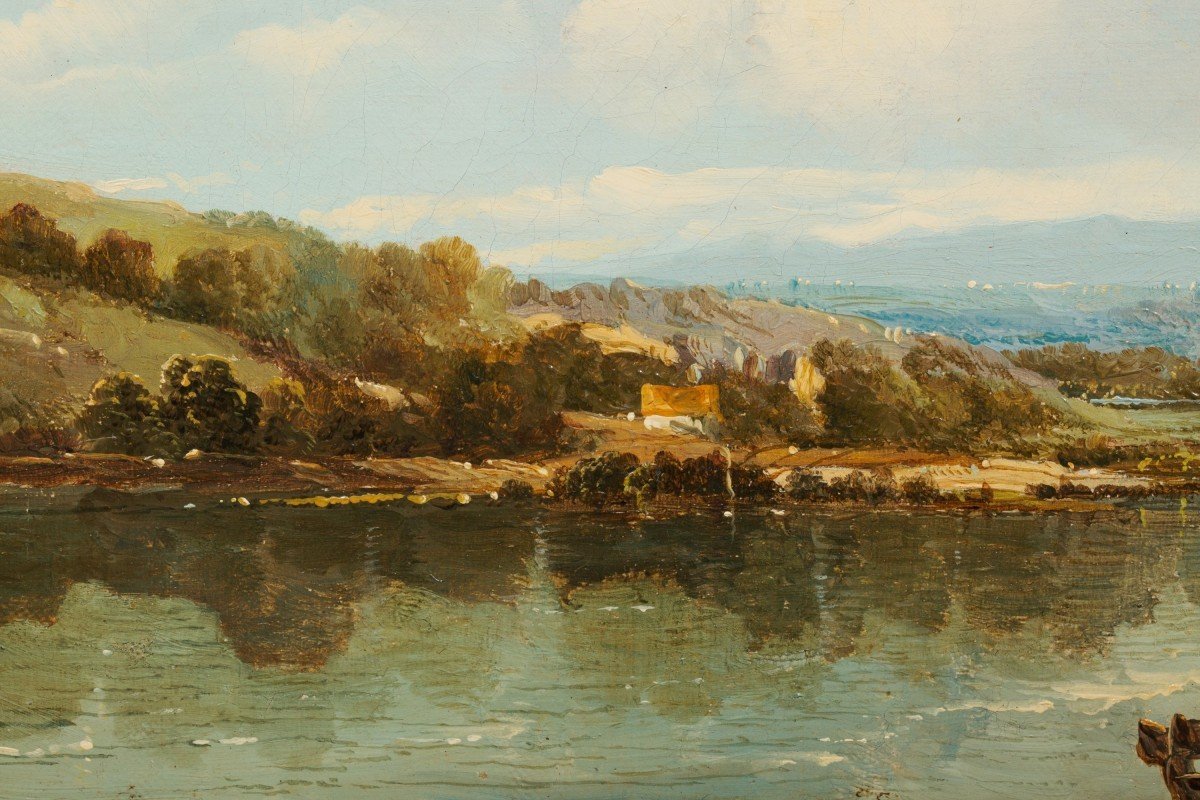




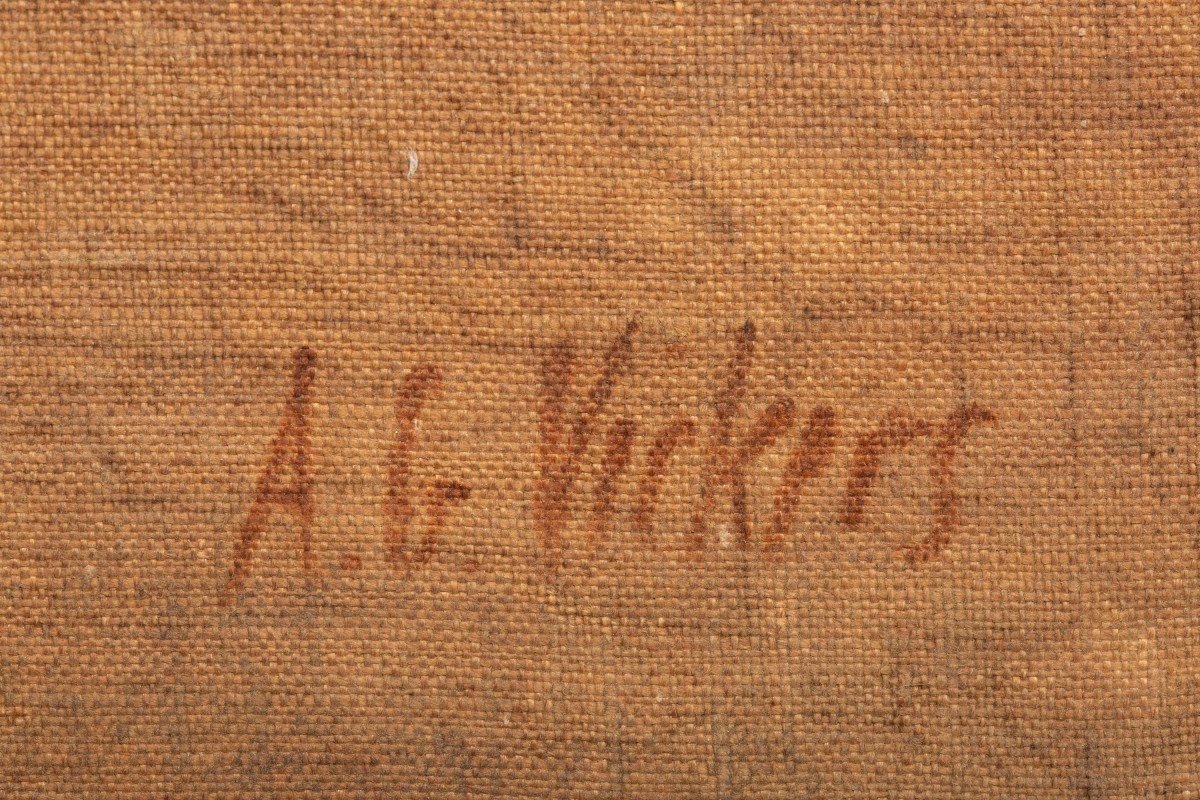

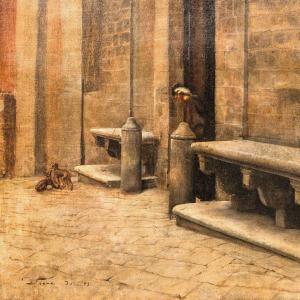

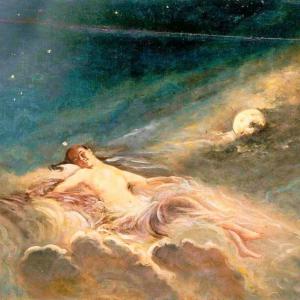

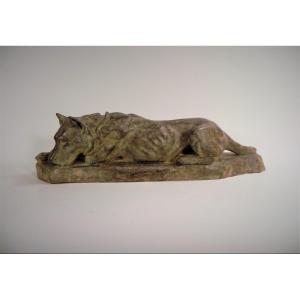






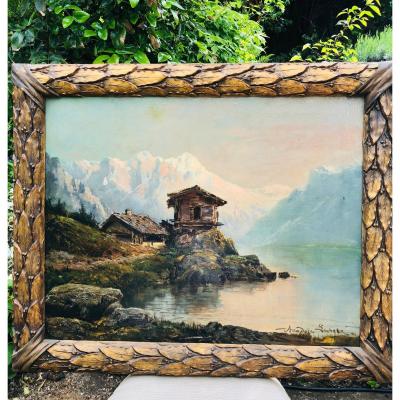



 Le Magazine de PROANTIC
Le Magazine de PROANTIC TRÉSORS Magazine
TRÉSORS Magazine Rivista Artiquariato
Rivista Artiquariato
